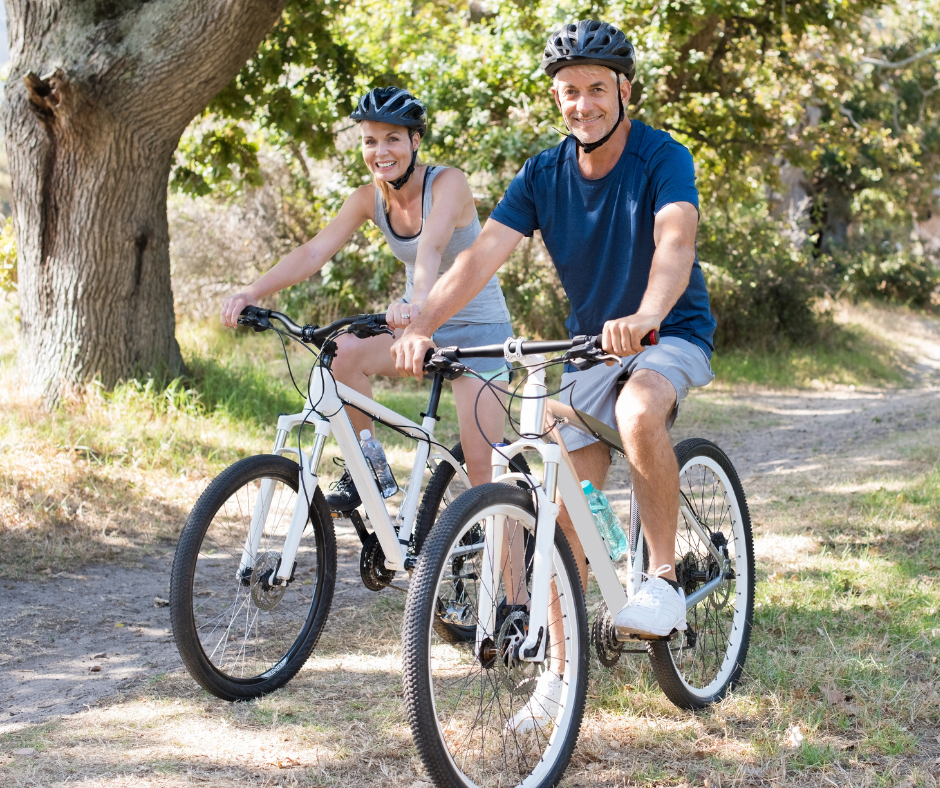
While high-impact exercises can sometimes aggravate foot and ankle issues, cycling is a fantastic low-impact alternative that provides all the same benefits. For National Bike Month, here are hypothetical examples of five types of people for whom cycling is a perfect form of exercise, courtesy of us at Syracuse Podiatry.
1. Arthritis
Imagine Sarah, a 55 year old managing osteoarthritis in her ankles for several years. Walking long distances often leaves her feet aching, and high-impact activities are out of the question. Cycling, however, provides a gentle, non-weight-bearing workout that helps loosen her ankle joints and reduce stiffness. Triggering her arthritis less, for her, means less pain, more time exercising, and an overall healthier lifestyle.
2. Injury Rehab
Mark is a 30 year old recently recovered from a mild ankle sprain sustained during a soccer game. While his ankle is healing, his physical therapist recommended low-impact exercise to rebuild strength and range of motion. Cycling allows Mark to gradually reintroduce movement to his ankle without the direct impact of running. The controlled motion helps strengthen the muscles surrounding his ankle, improve stability, and ultimately accelerate his recovery while maintaining his cardiovascular fitness.
3. Obesity
Frederick is working towards a healthier weight and finds that prolonged walking often causes significant pain in his feet, particularly due to plantar fasciitis. Cycling provides Frederick with an excellent cardiovascular workout that minimizes the stress on his plantar fascia. The bike supports his weight, which eliminates the constant strain of walking and allows him to exercise for longer durations. Now, he’s able to burn more calories without exacerbating his heel pain.
4. Old Age
George is a 74 year old who enjoys staying active but finds that his aging joints, especially in his feet and ankles, have become stiffer. Cycling offers George a low-impact way to maintain his fitness and joint mobility, as the gentle pedaling keeps his ankle joints moving without the high impact that could cause pain. He finds that regular cycling keeps his lower limbs from becoming stiff and helps him maintain his independence.
5. Tendonitis
Emily battles chronic Achilles tendonitis, and she often experiences pain and stiffness after exercise. While this tends to flare up her symptoms, cycling provides a controlled, low-stress way for Emily to engage her leg muscles without the forceful push-off that aggravates her Achilles tendon. Not only does it promote blood flow to the area, which can aid in healing and reducing inflammation, it also allows her to stay active while managing her condition.
For advice concerning any podiatric concerns you’re dealing with, the expert team at Syracuse Podiatry is here to help guide you. Contact us today so Dr. Ryan L. D’Amico, Dr. Donal M. Erickson, Dr. Keith Sherman, and Dr. Nicholas Cronin can elevate your foot health and help your feet feel their best.
